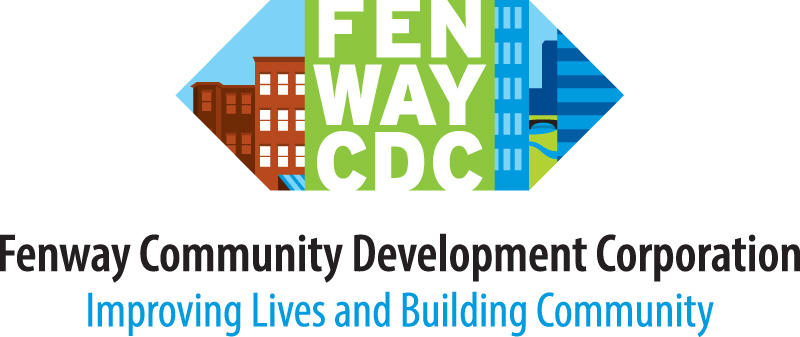
Our History
In the late 1950s and early 1960s, Boston began its first experiments with “urban renewal,” a federal planning concept that advocated the replacement of distressed neighborhoods with higher-income, higher-quality housing.
Urban Renewal
The West End, a tight-knit community of mostly Italians and Jews, was one of the first to be demolished, scattering its residents across Boston and outside its borders. More than a decade later, the project was completed: 2,700 low-rent apartments had been replaced by 2,300 luxury-priced high-rise units.
By the early 1970s, the Fenway faced its own urban renewal threat in the form of the Fenway Urban Renewal Plan (FURP), which slated specific sections of the neighborhood – including low-cost housing – for demolition. By the time community residents mounted a legal challenge, part of the plan had already been executed, and over 300 units of low-income housing had been demolished.
Frustrated and angry, local residents pushed a lawsuit against FURP (Jones v. Lynn) with the help of Boston Legal Assistance Project. In the lawsuit, the community fought for the right to have a neighborhood-elected board become part of the decision-making process in planning for neighborhood development. After winning the lawsuit in a landmark decision, the Fenway Project Area Committee (FenPac) was formed, a community-led planning organization that elicited and advocated neighborhood positions on local planning issues.
Many of the Fenway residents who spearheaded this effort saw the need for an organization that would do more than just react to and help shape development proposals. They envisioned an organization that could both preserve and develop affordable housing and affirmatively advance the community’s vision. With this image in mind, they formed the Fenway Community Development Corporation, which was officially incorporated on March 29, 1973.

